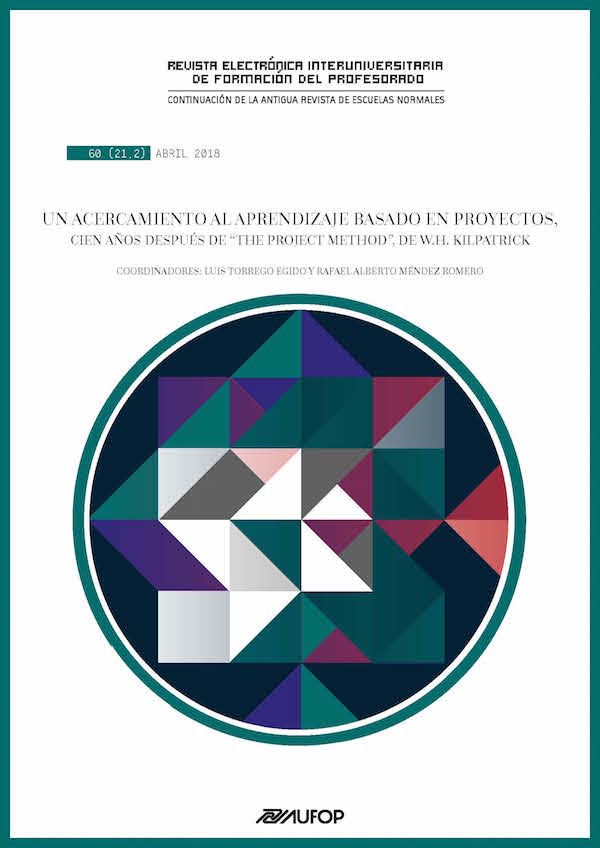Towards Bilingual Primary Education: CLIL Activity Design for Arts and Social Sciences
Abstract
Bilingual education has become an education innovation and research trend in the last ten years. In fact, it is a priority in the current education system. Therefore, training centres, such as Faculties of Education, must provide students with the necessary tools and knowledge to become professional teachers in plurilingual and pluricultural environments. Considering this, the present paper has two main aims: to show an innovation project carried out in the Bilingual Programme of the Faculty of Education in Albacete consisting in the creation of CLIL resources for Arts and Social Sciences; and to explain how this experience was an opportunity to delve into CLIL and other specific needs future teachers will have in plurilingual Primary schools. This study is framed within education innovation and follows action research, classroom research and the ethnographic case study approach. The results bring to light the benefits of this kind of projects on future teachers’ training, as well as their school placements and undergraduate dissertations, and demonstrate that Faculties of Education are working towards bringing the reality of schools to trainee teachers.
Downloads
-
Abstract818
-
PDF658
Los artículos que se publican en esta revista están sujetos a los siguientes términos:
1. El Departamento de Métodos de Investigación y Diagnóstico en Educación de la Universidad de Murcia (España), junto con el Servicio de Publicaciones de la Universitdad de Murcia (Editum) son los editores de la revista REIFOP y conserva los derechos patrimoniales (copyright) de los artículos publicados, permitiendo la reutilización de las mismos bajo la licencia de uso indicada en el punto 2.
2. Las obras se publican en la edición electrónica de la revista bajo una licencia Creative Commons Reconocimiento-NoComercial-SinObraDerivada 3.0 España (texto legal). Se pueden copiar, usar, difundir, transmitir y exponer públicamente, siempre que: i) se cite la autoría y la fuente original de su publicación (revista, editores y URL de la obra); ii) no se usen para fines comerciales; iii) se mencione la existencia y especificaciones de esta licencia de uso.
3. Condiciones de auto-archivo. Se permite y se anima a los autores a difundir electrónicamente las versiones pre-print (versión antes de ser evaluada) y/o post-print (versión evaluada y aceptada para su publicación) de sus obras antes de su publicación, ya que favorece su circulación y difusión más temprana y con ello un posible aumento en su citación y alcance entre la comunidad académica. Color RoMEO: verde.















